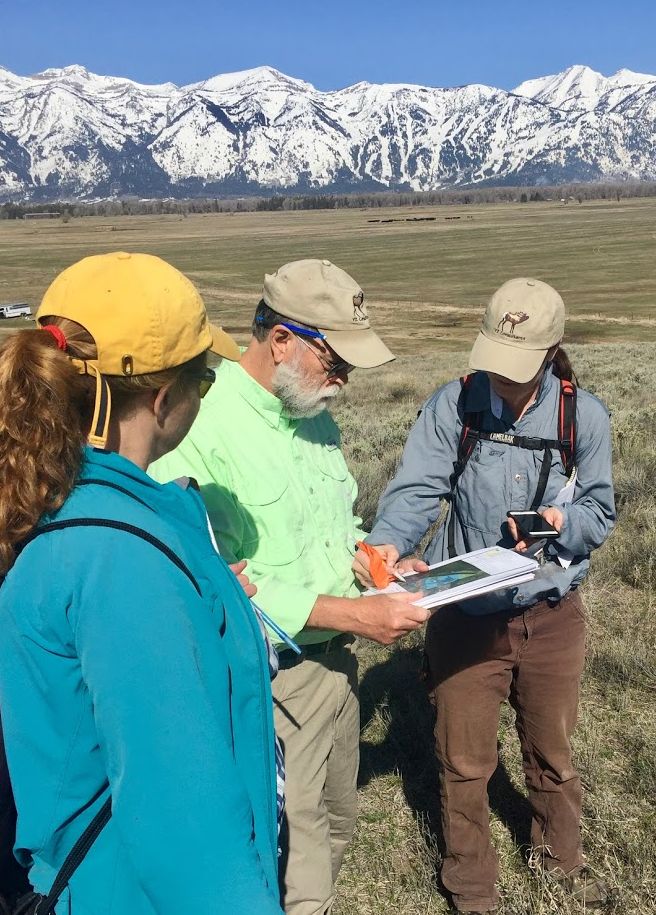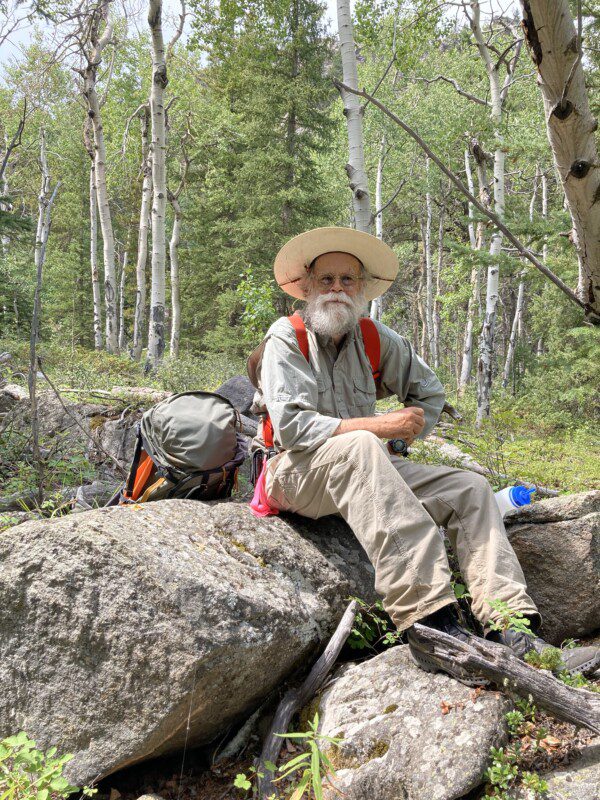Board member Chuck Butterfield grew up hunting, fishing, and camping on the west side of the Bighorn National Forest, in north central Wyoming. After graduating from the University of Wyoming with a degree in Rangeland Management, the pursuit of advanced degrees and his career took him to the Great Plains for the next 35 years. There, he earned a master’s degree and a doctorate and was a technologist, professor, and department chair at universities and colleges including South Dakota State, the University of Nebraska, and Chadron State College. At Chadron State, he led the range program, developed the college’s wildlife program, and conducted research on bighorn sheep, bison/fire interactions, CWD, grazing management, and pygmy nuthatches.
Chuck left academia in 2013 to join Y2 Consultants, which was founded by a former student of his and does engineering, surveying, construction management, natural resources, planning, and strategic communications throughout Wyoming and the West. This allowed he and his wife, Dorrene, who grew up in Cody, to move back to Wyoming. They live in Star Valley, right on the edge of the BTNF. “The Salt River Range is my backyard,” he says.
While Chuck enjoys recreating on the BTNF, he says he also respects and considers the many other uses of the forest. “I’m all about multiple use, thus pro-grazing, pro-wildlife, pro-timber and pro-fire management, in addition to appreciating that this forest has a diversity of recreational opportunities.”
In addition to being on the board of Friends of the Bridger-Teton, Chuck is active in many other organizations that work on behalf of public lands and wildlife, including the Society for Range Management, the Greys River Forest Collaborative, the Alpine (and Teton) Area Wildfire Protection Coalition, and the Salt River Watershed Group. “I bring a science bend to these groups,” he says. “I spent my life as a landscape ecologist, studying and teaching plant identification, fire ecology, vegetation manipulation, habitat management, and more, and am concerned about the management of the systems and how they function and how degraded they are.”
On the FBT Board, Chuck works with the USDA Forest Service to identify areas in which it is struggling and how FBT can help cover these. “Since the 1980s, the Forest Service has been understaffed and now look at what’s going on,” he says. “The Forest Service needs more help than ever to get things done.”
How Chuck Helps Teach Responsible Recreation
 As a professional educator for more than 30 years, it’s not surprising that Chuck still enjoys teaching. “When I see people doing something that hurts the resource, I’m not afraid to step up and educate them about how their actions are changing the system,” he says. “I think if people understand how their actions directly affect the ecology, they’re more likely to behave in a responsible manner.”
As a professional educator for more than 30 years, it’s not surprising that Chuck still enjoys teaching. “When I see people doing something that hurts the resource, I’m not afraid to step up and educate them about how their actions are changing the system,” he says. “I think if people understand how their actions directly affect the ecology, they’re more likely to behave in a responsible manner.”
Examples Chuck gives of negative actions that are easily corrected with education are: cutting switchbacks; taking side-by-sides and horses off trails; not putting fires dead out; and stock overgrazing an area.


